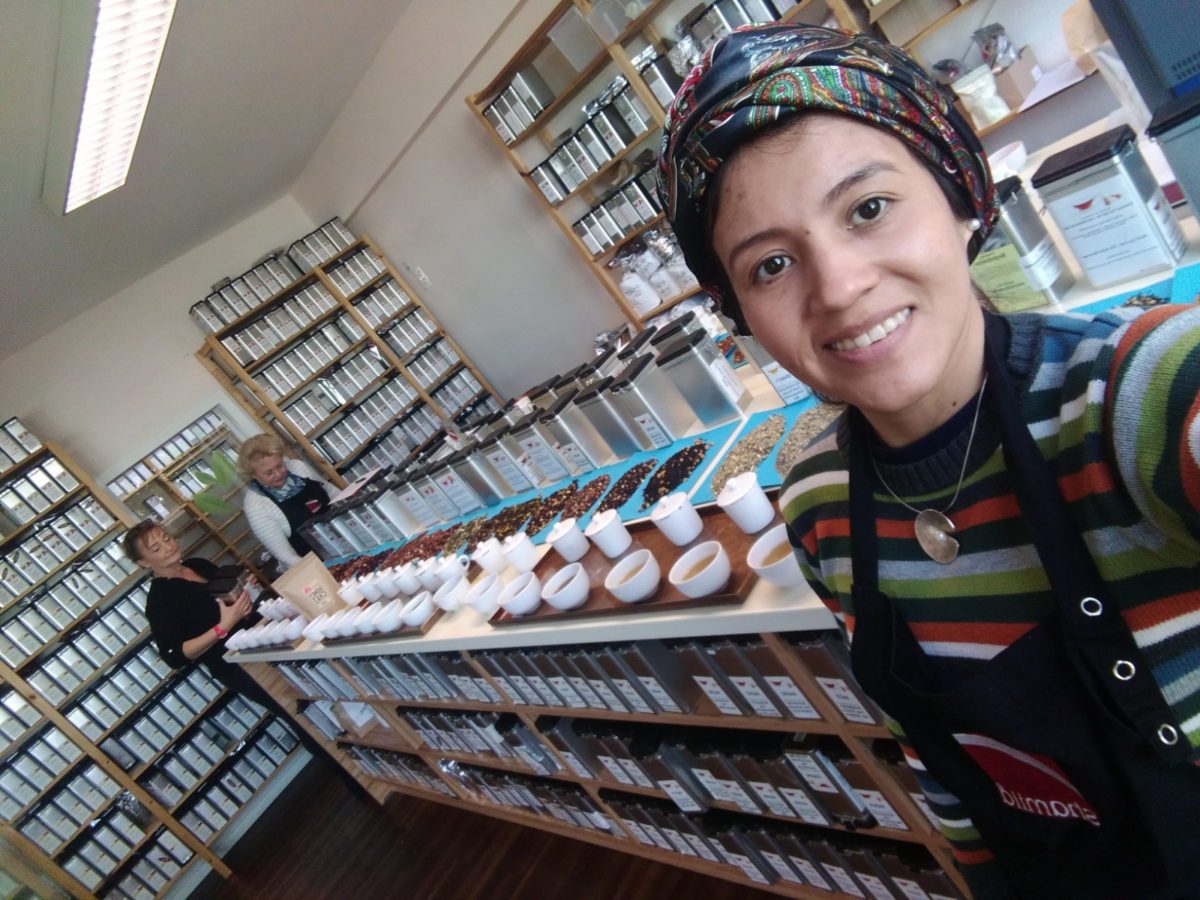
El Salvador has a history of using herbal infusions, often called teas, for medical purposes. It is also known as a coffee-drinking country. Introducing tea from camellia sinensis has been a challenge.
Consumption of Camellia Sinensis in El Salvador began when the multinational companies Lipton and McCormick entered the market in the early 20th century. In 1910, McCormick became the first manufacturer to introduce tea bags.
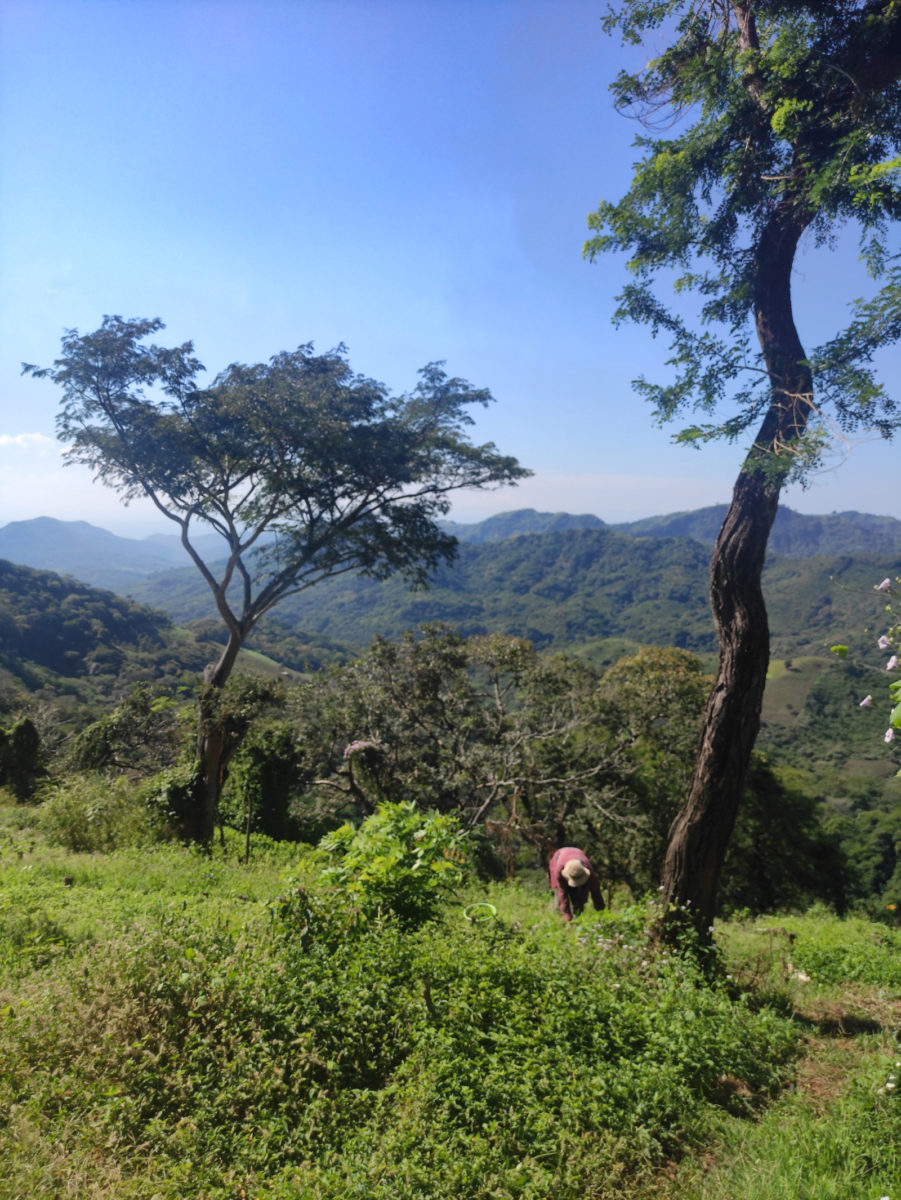
Eights ago, to encourage more tea drinking in El Salvador, Marcela Figueroa, who was training to be a tea sommelier at the time, launched the LAFIROA* tea company.
She explains that in El Salvador, most consumers “do not choose pure tea, but rather tend to choose blends that are made of tea, that is, with Camellia sinensis, that contains a familiar flavor… also green tea with citrus fruits with herbal infusions, such as chamomile or mint, for before bedtime.”
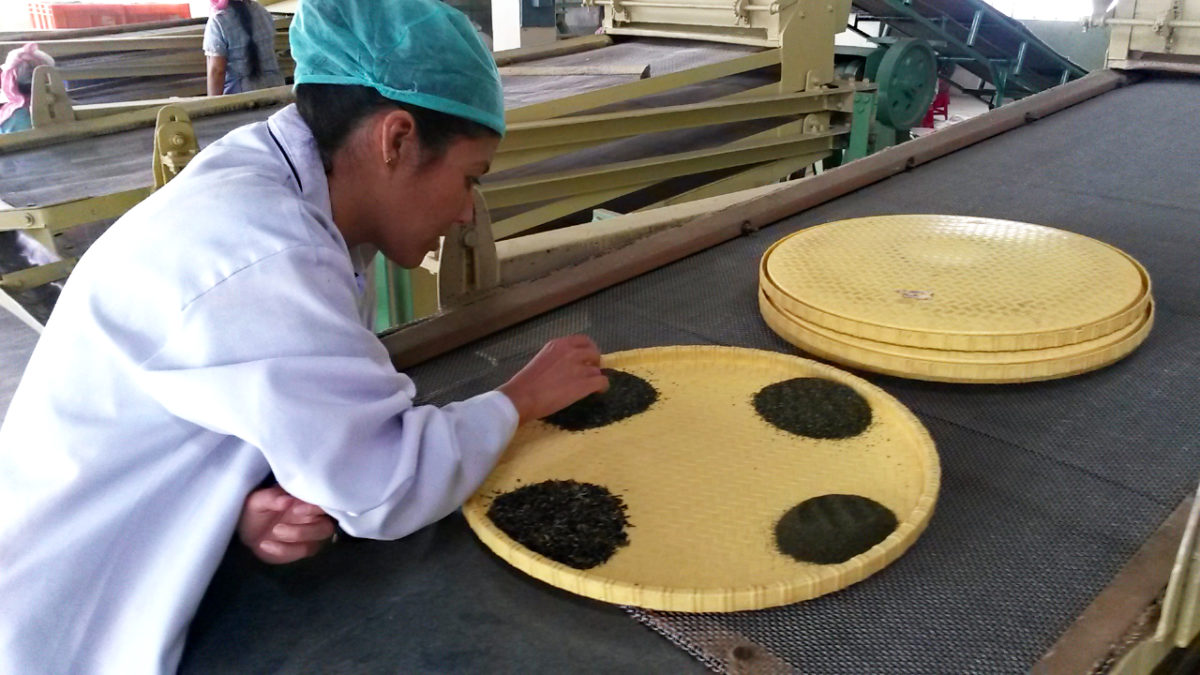
LAFIROA analyzed the tea market in El Salvador and surrounding countries of Central America, seeking local sources for inclusions in the company’s first blends. The company prides itself on its 12 years of experience in the tea industry and several firsts: LAFIROA was El Salvador’s first importer of orthodox processed black tea and the first promoter of tea culture and consumption. Marcela says she could have started by importing everything from Germany or Canada. However, she collects all her fresh ingredients to dry and then blends them herself. Marcela says, “This was one of the premises for the foundation of LAFIROA, to responsibly establish agricultural links for ingredients that are traded fairly with our rural communities. We refused to import blended teas from other countries. We built a collaborative relationship with rural communities in India and China and with rural communities in El Salvador, Guatemala, and Mexico.”
The market research website Williams Marshall Strategy points out that the tea market valued at $56 million in 2014 in El Salvador, is projected to expand to $68.8 million in 2024. The market has evolved with tea drinkers interested in high-quality teas that provide health benefits. Per capita consumption, by value, has increased from a base of $8.92 ten years ago, according to Williams Marshall. Consumer studies demonstrate that “Today tea drinkers are more interested in high-quality products with a great story and drinks that give them specific health benefits, which has driven demand for healthy green, functional botanical tea, and herbal blends. In addition, the perception of tea has also changed, as it is viewed by most younger consumers as a sensual and wellness drink.”
This interest has increased the demand for botanical teas and healthy herbal mixtures that Figueroa creates. To capture the market’s premium segment, she is developing combinations of flavors with innovative characteristics. These innovative teas attract the majority of consumers, especially younger ones.
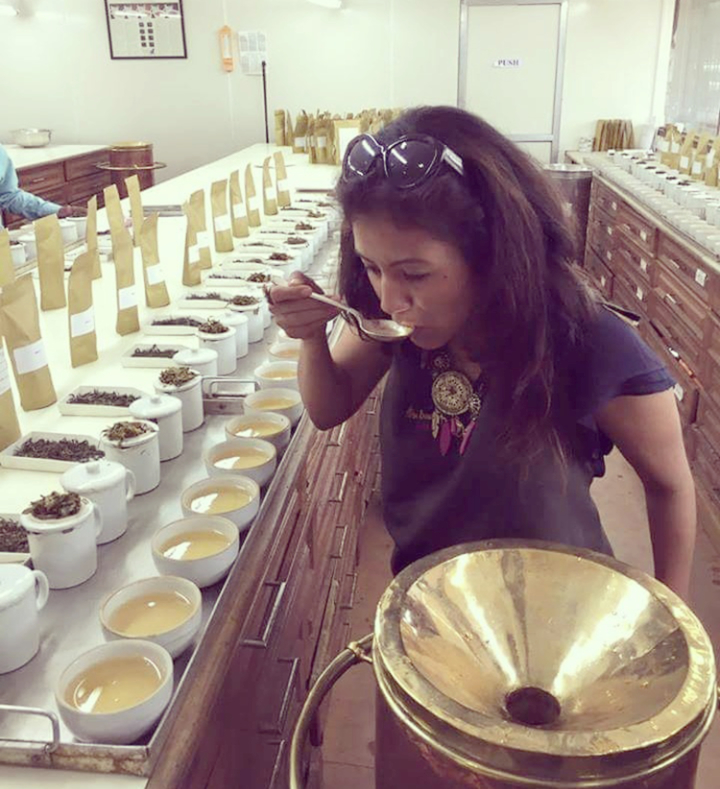
Marcela was in charge of creating around 75 tea blends and had a story for each of her blends. Among her favorites is “Ensayo de Amor,” a blend starting with black tea, a first flush Darjeeling from the hundred-year-old Sourenee Tea Estate in Kurseong. She adds rose petals, apples, and allspice to the Darjeeling base. Another blend, she called “Hello Love,” has an oolong base with osmanthus, tangerine peel, cinnamon, coriander seed, roses, Jamaica flower, barbona, and flores de madre cacao.
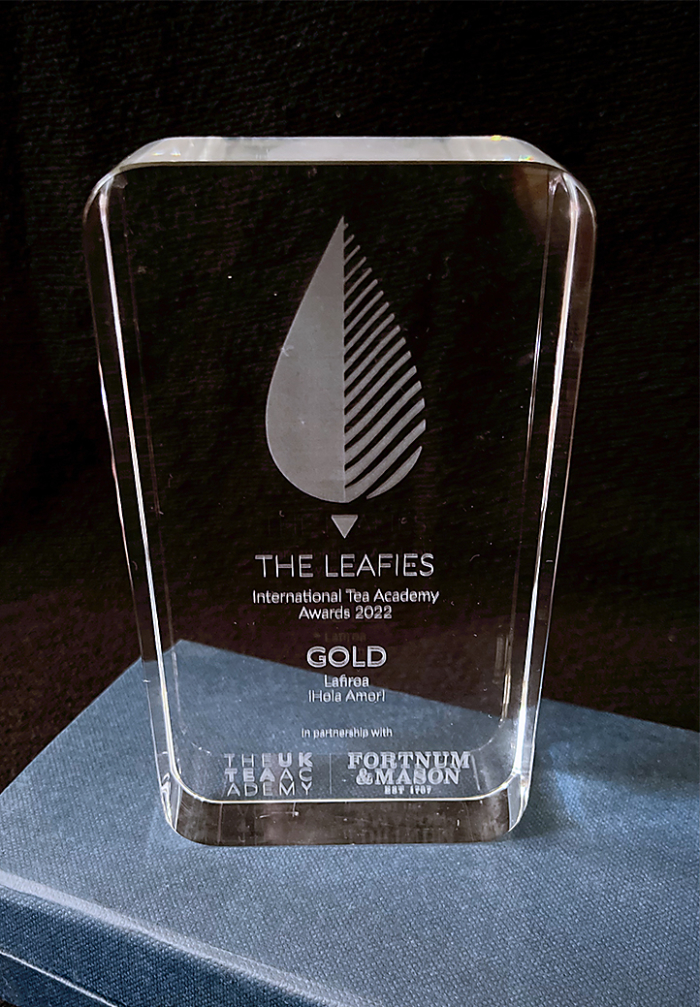
In 2022 she entered “Hello Love” in the UK Tea Academy competition called The Leafies. The UK Tea Academy organizes the competition annually with the support of Fortnum & Mason, she explained.
Marcela describes her creative process: “Hello Love” was created in January. “I had only a month and a half to prepare. I started collecting madre de cacao (mother of cacao) flowers on a Tamanique farm near the Pacific coast of my country. I was looking for a blend like a mysterious love, intense as fire, but simultaneously with a deep sweetness. I selected oolong Tie Guan Yin with osmanthus flowers for its very sensual velvety delicacy. The sweet and wonderful oils of Clementine tangerine skin and cassia cinnamon intensified the oolong. I added coriander seeds from our garden. The alchemy of the coriander seed mixed with the oils was amazing. The red rosebuds added an exceptionally seductive aroma and color. The barbona set fire with its orange-red petals, and finally, the hibiscus flower gave a playful character on the palate. The first taste was slightly acidic, opening the taste buds for the entire palette of flavors of the blend.”
Facing a very demanding jury, “Hello Love” won a Gold Leafie in the Wellness Blend category.
Her expertise in blending the best botanicals of Mesoamerica and exotic teas from around the world proved a winning combination.
*LAFIROA combines the last letters of her first name and the first two letters of her surname with the last three letters of her surname.
For more information about Marcela Figueroa’s blends, see the LAFIROA website.
LAFIROA CatalogClick to Buy
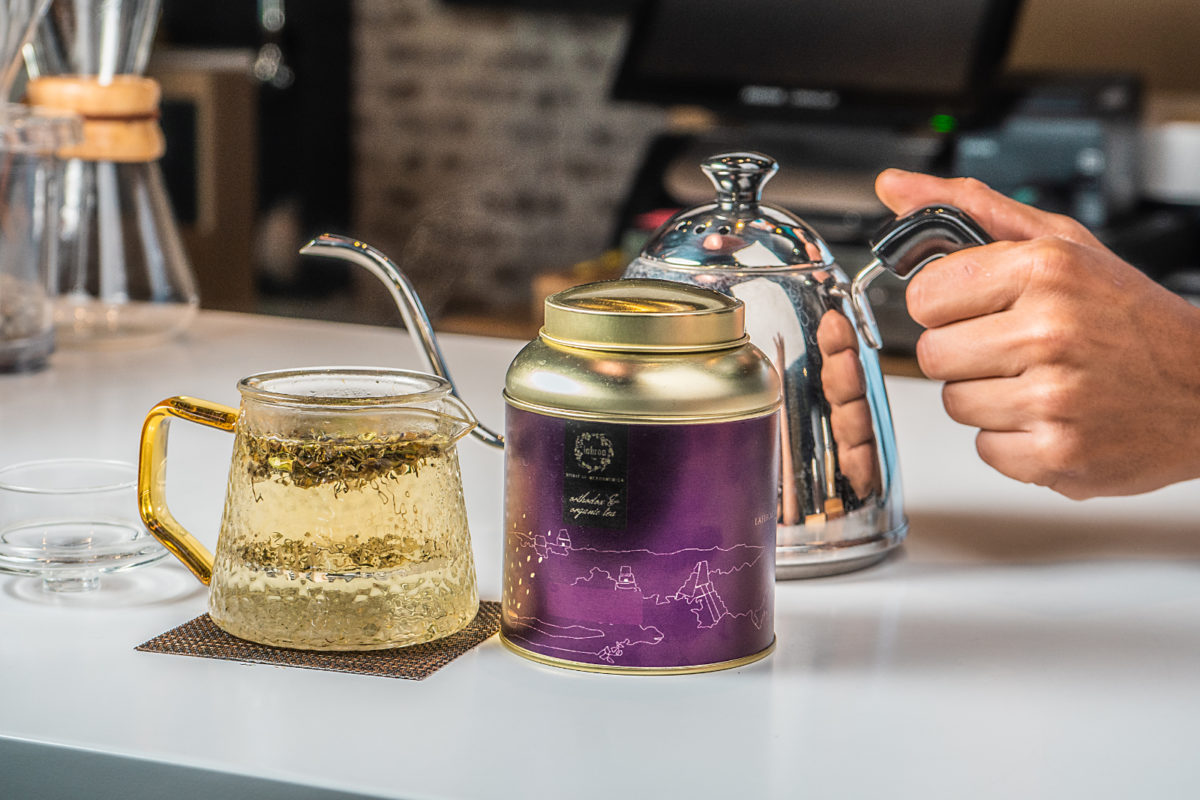
1 thought on ““Hello Love” the Teas of El Salvador”